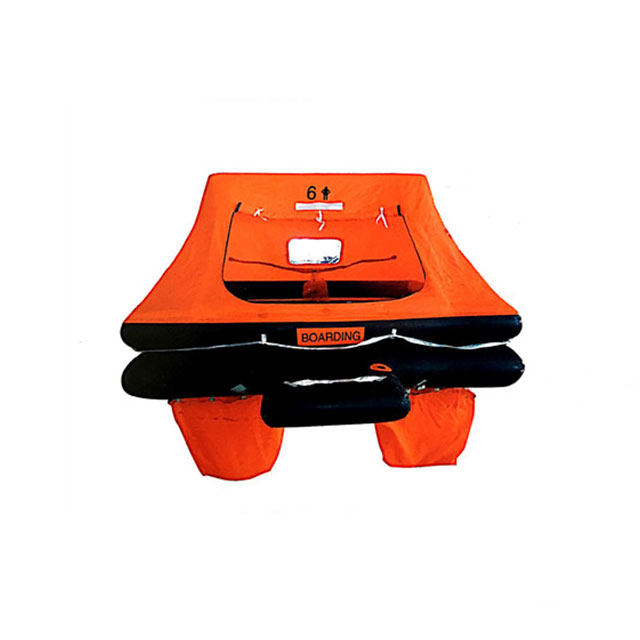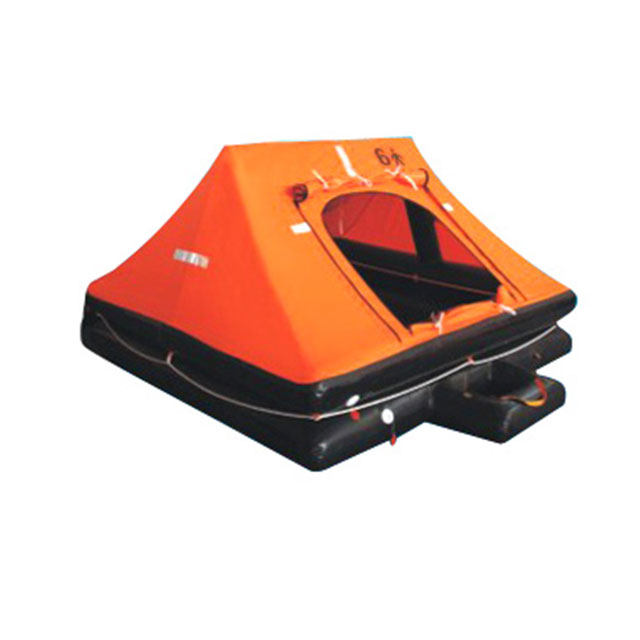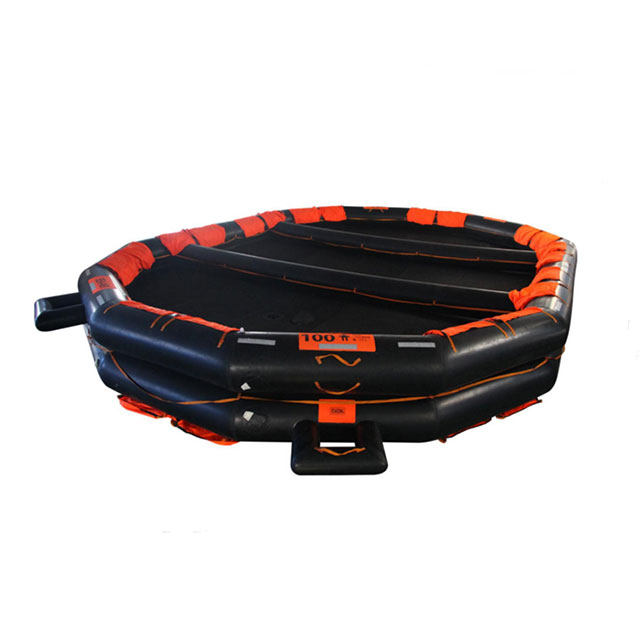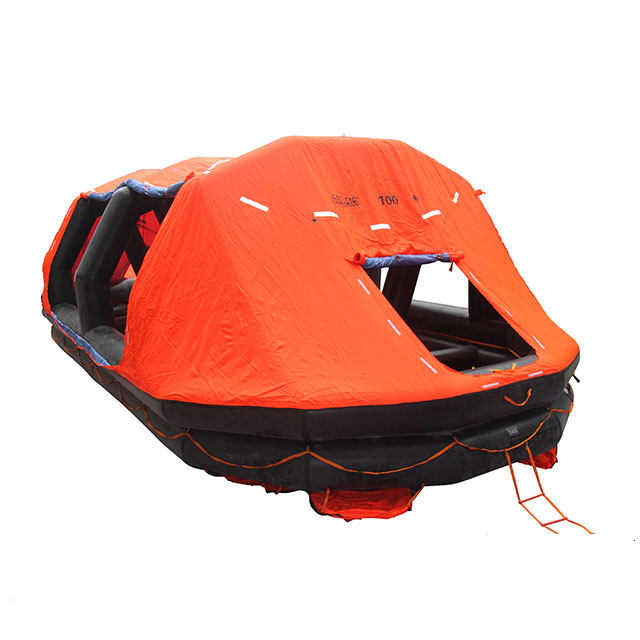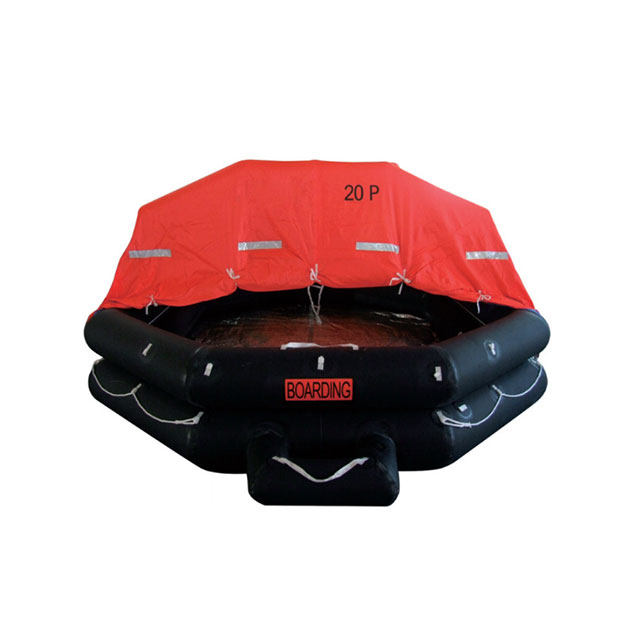What are Self-repair Mechanisms in Inflatable Life Rafts
Inflatable life rafts are indispensable in maritime safety, offering rapid deployment and reliable buoyancy during emergencies. However, their effectiveness depends on their ability to remain fully functional in harsh and unpredictable conditions. One of the most significant advancements in this field is the development of self-repair mechanisms for inflatable life rafts. These innovative systems enhance the reliability and durability of life rafts, ensuring they can withstand damage and continue to perform remain operational even under challenging conditions. Here, we’ll focus on the topics of the latest advancements and underlying principles of self-repair mechanisms in inflatable life rafts.
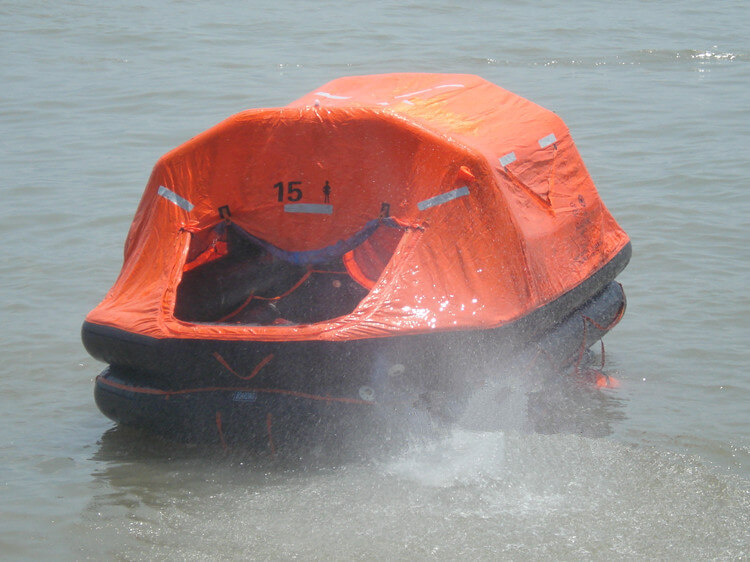
The Importance of Self-repair Mechanisms in Inflatable Life Rafts
Inflatable life rafts are typically made from durable materials like polyurethane or Hypalon, which are resistant to punctures and abrasions. However, they are not immune to damage, especially in extreme conditions such as storms, collisions, or encounters with sharp debris. A punctured or leaking life raft can deflate rapidly, compromising its buoyancy and stability, and putting lives at risk.
Self-repair mechanisms address this vulnerability by enabling life rafts to automatically seal small punctures or leaks, preventing deflation and maintaining structural integrity. These mechanisms are particularly valuable in situations where manual repairs are impractical or impossible, such as during rough seas or when occupants are injured or incapacitated.
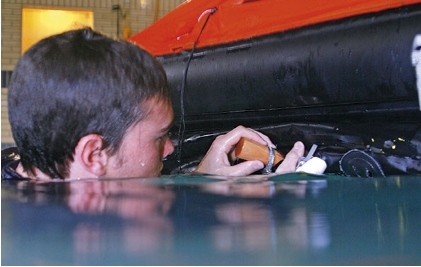
How Self-repair Mechanisms Work in Inflatable Life Rafts
Self-repair mechanisms in inflatable life rafts are designed to ensure that these vital safety devices continue functioning properly, even if they are damaged during use. This innovation is essential for maintaining buoyancy and integrity under emergency conditions. The technology behind self-repair mechanisms relies on advanced materials and engineering to automatically seal punctures or tears, preventing air loss and ensuring that the raft remains usable.
1. Self-Healing Coatings
Self-healing coatings are an integral part of modern inflatable life rafts. These coatings contain microcapsules filled with a healing agent, typically an adhesive or sealant. When the raft’s outer surface is punctured, these microcapsules rupture at the site of the damage. The healing agent inside the capsules is released, flowing into the puncture and sealing it almost instantly.
Process
The healing agent hardens quickly upon exposure to air or moisture, forming a durable, watertight seal. This allows the raft to maintain its buoyancy even after sustaining a puncture.
Advantages
- Quick repair of small to medium-sized punctures.
- No manual intervention required, as the system is entirely automated.
2. Reactive Polymers
Reactive polymers are another critical technology used in self-repairing life rafts. These advanced materials are engineered to respond to specific environmental stimuli, such as water or air exposure. Upon impact or damage, the polymers react and form a solid, hard seal that stops air from escaping.
Process
The reactive polymer typically contains compounds that trigger a chemical reaction upon encountering water. For example, when a puncture occurs and water comes into contact with the polymer, it causes a rapid cross-linking reaction, transforming the polymer into a durable, airtight seal.
Advantages
- Effective for larger punctures, as the material can form a strong bond that withstands pressure.
- High resistance to environmental factors like UV rays, saltwater, and temperature extremes.
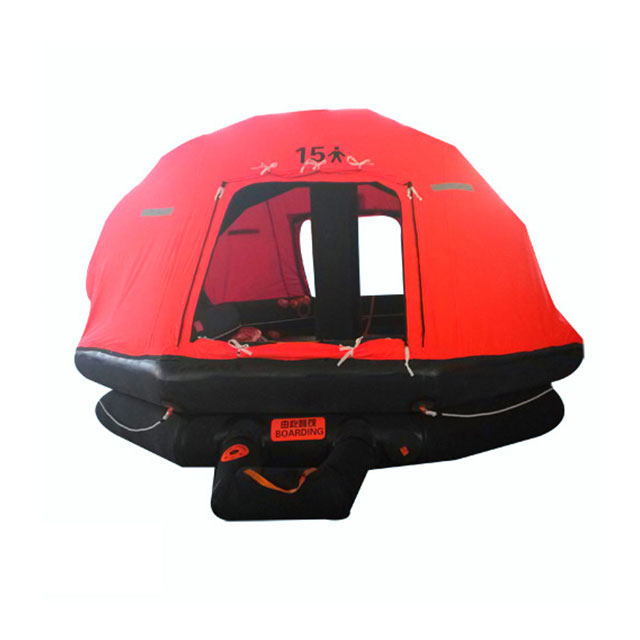
3. Layered Construction with Self-Sealing Layers
Some inflatable life rafts are designed with multiple layers that serve as a backup system in case of damage. The outermost layer may be more susceptible to punctures, but underneath, there is often a self-sealing airtight layer that automatically engages when the outer layer is compromised.
Process
When the outer layer is punctured, air pressure causes the inner layer to activate, effectively sealing the breach. This inner layer is usually made from a highly durable material that is able to withstand significant damage before failing.
Advantages
- Provides redundancy, ensuring that the raft can still function even if the outer layer is damaged.
- Self-sealing layers activate based on internal pressure, making the system highly responsive.
4. Integrated Patch Systems
Integrated patch systems are a more advanced approach, where adhesive patches are built directly into the inflatable structure. These patches are strategically placed inside the raft, ready to deploy in the event of a puncture.
Process
When a puncture occurs, the difference in air pressure triggers the patch system. The patches are often pre-applied with adhesive material and will automatically cover the hole or tear, sealing the raft without manual input. In some systems, the patches are activated through a small release mechanism, such as a pin or valve, that engages once damage is detected.
Advantages
- This method provides immediate and effective sealing of punctures.
- Ideal for use in emergency situations, where speed and reliability are crucial.
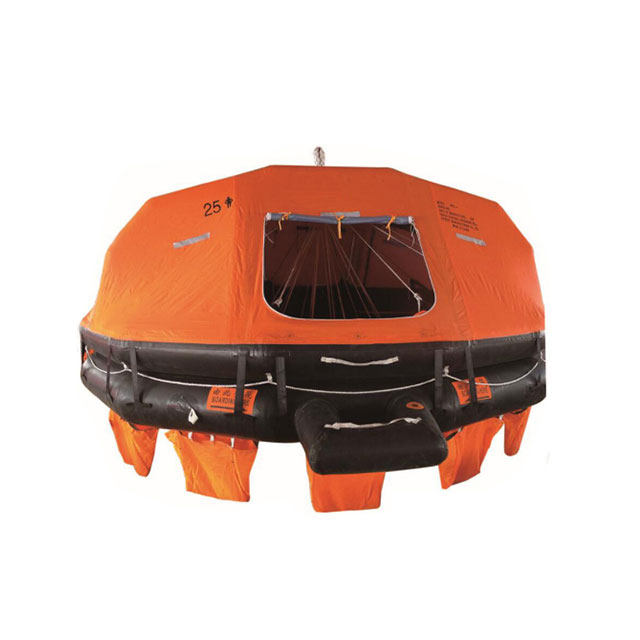
Challenges and Future Directions in Self-Repair Mechanisms for Inflatable Life Rafts
This chart highlights current challenges and outlines potential future advancements aimed at improving self-repair mechanisms for inflatable life rafts.
| Category | Challenges | Future Directions |
| Material Limitations | – Limited effectiveness for large or complex damage. | – Development of advanced materials (e.g., graphene, bio-inspired polymers). |
| – Difficulty in sealing multiple or irregular punctures. | – Integration of multi-layered self-repair systems for enhanced durability. | |
| Environmental Factors | – Degradation of materials due to UV exposure, saltwater, and extreme temps. | – Creation of UV-resistant, corrosion-proof, and temperature-stable materials. |
| – Reduced performance in harsh marine conditions. | – Use of nanotechnology to improve material resilience. | |
| Cost and Accessibility | – High initial costs of advanced self-repair systems. | – Research into cost-effective manufacturing techniques. |
| – Limited accessibility for smaller vessels or developing regions. | – Development of scalable and affordable solutions for widespread adoption. | |
| Performance and Reliability | – Inconsistent sealing under varying pressure conditions. | – Optimization of pressure-activated systems for reliable performance of life rafts. |
| – Limited ability to handle repeated damage in the same area. | – Design of self-repair mechanisms capable of multiple healing cycles. | |
| Integration with Design | – Balancing self-repair functionality with lightweight and compact designs. | – Use of modular and compartmentalized designs to enhance functionality. |
| – Ensuring compatibility with existing life raft manufacturing processes. | – Collaboration between material scientists and manufacturers for seamless integration. | |
| Testing and Certification | – Lack of standardized testing protocols for self-repair systems. | – Development of industry-wide standards for performance and safety. |
| – Difficulty in simulating real-world conditions for testing. | – Use of advanced simulation tools and real-world trials for validation. | |
| Innovation and Research | – Limited understanding of long-term performance of self-repair materials. | – Increased funding for research into next-generation self-repair technologies. |
| – Slow adoption of new technologies in traditional industries. | – Promotion of interdisciplinary research (e.g., biomimicry, nanotechnology). | |
| User Awareness and Training | – Lack of awareness about self-repair capabilities among users. | – Educational campaigns to highlight the benefits of self-repair mechanisms. |
| – Need for training on maintenance and inspection of self-repair systems. | – Development of user-friendly guidelines and training programs. |
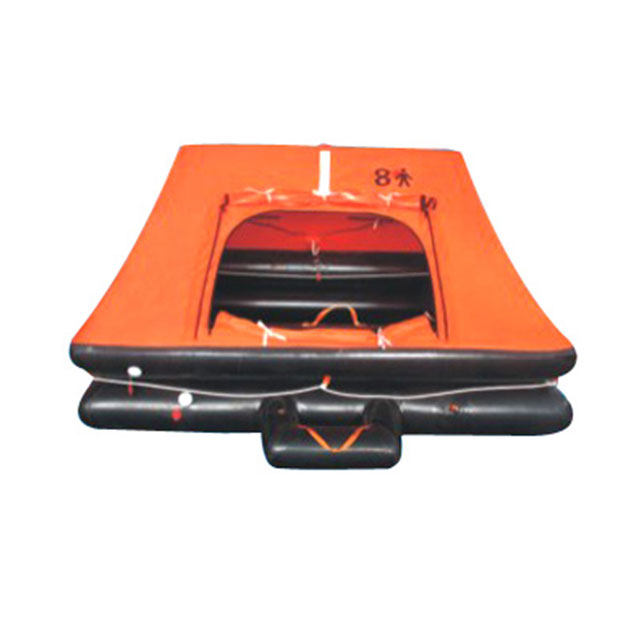
Summary
Self-repair mechanisms represent a significant leap forward in the design and functionality of inflatable life rafts. Through addressing the vulnerabilities of traditional life rafts, these systems enhance safety, reliability, and durability, ensuring that life-saving equipment can perform under the most challenging conditions.



